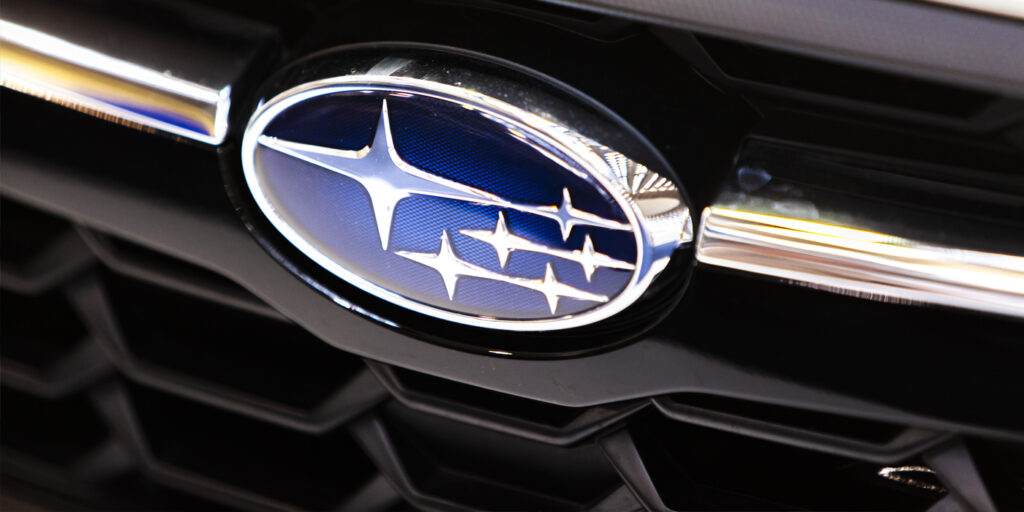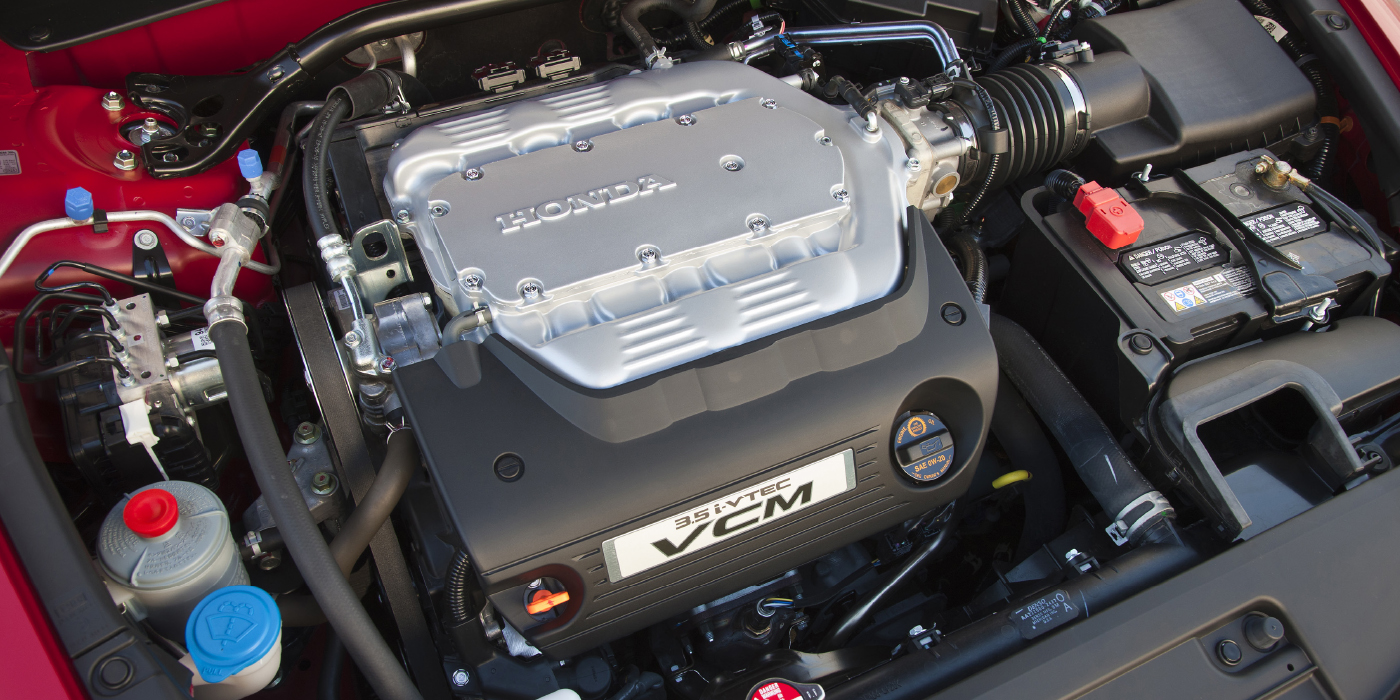Diagnosing P0171 can be broken down into simple categories to reduce diagnostic time. Start by electronically saving the freeze frame data (FFD) and review it for necessary information. Do not clear the ECM memory at this time. Doing so will reset all learned values. Next, enter engine control module current data display to monitor the short- and long-term fuel trims while the vehicle is at idle. If the fuel trims are a high percentage indicating a lean air/fuel mixture, inspect the following items:
FUEL
Fuel pressure below specification will not supply the required amount of fuel for a stoichiometric combustion. Inspect components such as injectors, piping and fuel pumps according to the applicable Service Manual.
Poor fuel quality, such as fuel containing more than 10% ethanol, will create a lean condition.
UNMETERED AIR
Air entering the engine after the MAF will cause lean air/fuel mixtures. Inspect all air intake connections for damage or looseness after the MAF. In order to locate air leaks which cannot be visually inspected, use a method of fuel enrichment while monitoring your fuel trims. If the fuel trims drop toward 0% or A/F sensor returns to ≤1.0 during enrichment of a certain location, suspect an air leak.
Test the CPC solenoid and brake booster by blocking the hose connected to the component while monitoring the fuel trims to determine if there is a fault.
EXHAUST
Air entering the exhaust system between the cylinder head and A/F sensor will also cause a false lean condition.
METERING DEVICES
Metering devices for the air/fuel mixture can send incorrect information to the ECM causing incorrect fuel corrections. Inspect the connections at all air/fuel metering devices for poor connection and contamination.
COMBUSTION CHAMBER
Poor combustion in a cylinder can result in unburned oxygen. The A/F sensor will read the unburned oxygen as a lean condition. Verify valve clearances and compression readings are within specifications.














